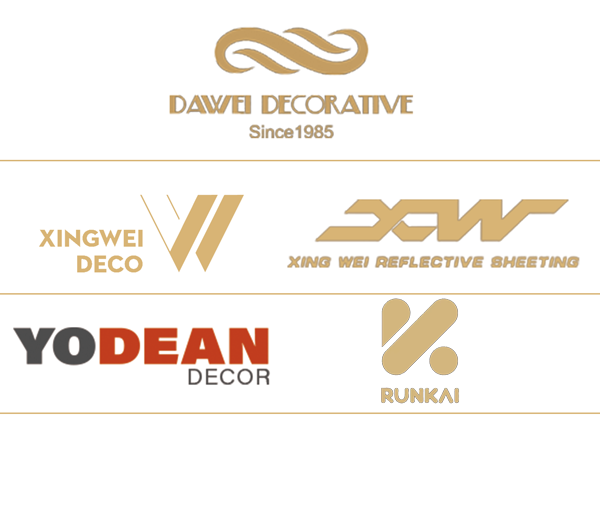If you are wondering how to fix edge banding tape, there are several things that you should do first. For curved edges, you can use a heat gun. Also, you should press down the adhesive to ensure a good adhesion. If the edges are not straight, you can use a chisel or a hard roller to help press the adhesive down.
Adhesive-backed edge banding tape
Adhesive-backed edge banding is a versatile way to cover edges of a project. It comes in many different colors, including black and white. Its adhesive backing is heat-melt, forming a strong bond with the plywood. It is available in rolls of eight feet, fifty feet, and 250 feet.
Adhesive-backed edge banding can be applied with a variety of tools, including a heat gun and an iron. If you’re working with curved edges, you can use a chisel or a hard roller to press down the adhesive.
If you don’t have access to adhesive-backed edge banding tape, you can cut the edge banding yourself. You can use scissors to cut the edge banding, or you can fold it in half and snap it off. When cutting the banding, be sure to check for splice lines. These appear randomly throughout the roll, and they’re usually invisible after applying a clear coat. However, if you’re applying a dye-based paint, these lines will become more noticeable.
Contact adhesives
If you are planning to apply edge banding tape to your project, you must choose the right adhesive. Contact adhesives are rubber-based and create a strong, flexible bond. These adhesives work well on non-porous surfaces, such as metal, glass, wood, and plastic. They bond almost immediately and are recommended for large surfaces.
The adhesives used for edge banding come in different forms. You should select the right adhesive for your project, because choosing the wrong glue can be disastrous. Before you start applying adhesive to your edge banding, you should apply a test piece first to ensure that the adhesive works properly.
Hot melt adhesives are also an excellent option for edge banding. These adhesives work well on a wide variety of substrates and are very affordable. They are easy to use and can be reused many times. Hot melt glues with polyurethane (PUR) base harden when they reach a certain temperature. They also create a strong bond quickly and can withstand moisture and heat.
Low melt adhesives
There are several different kinds of edge banding glues on the market, and each one has its own advantages and disadvantages. For the most common edge banding applications, EVA Adhesive (ethylene vinyl acetate) is a good choice. It is affordable, has standard water and heat resistance, and is easy to use.
However, when using this type of glue, be sure to be careful. Hot melt glue can be toxic and should be used with proper ventilation. In addition, edge banding should always be applied under proper ventilation to avoid any health risks. In addition, the adhesive should be cleaned properly after application.
If the edge banding is not sticking, you may need to change the adhesive or apply it again. Hot melt adhesives can be applied by hand, but the adhesives should be applied with a tool that can apply them accurately.
Polyurethane glue
Polyurethane glue is one of the most common types of adhesive used to fix edge banding tape. Its properties make it ideal for edge banding. It offers strong bonding and is less likely to squeeze out. However, polyurethane glue is more expensive than EVA adhesive and it requires a longer curing time. You should use disposable gloves while applying polyurethane glue.
To apply the glue, place the edge banding into the feed track of the edge banding machine and apply the glue. The machine will heat the glue and bond it to the board. Follow the manufacturer’s instructions to ensure a secure bond. Make sure the temperature of the room is the correct one, as it will affect the adhesive’s ability to bond. Also, wear protective gear, as some glues can be hazardous if inhaled.
To avoid the risk of burns, use a glue with low melting point. Low melting point adhesives are better for bonding softer materials. However, hot melt adhesives work best for bonding edge banding.


Leave a Reply
Want to join the discussion?Feel free to contribute!